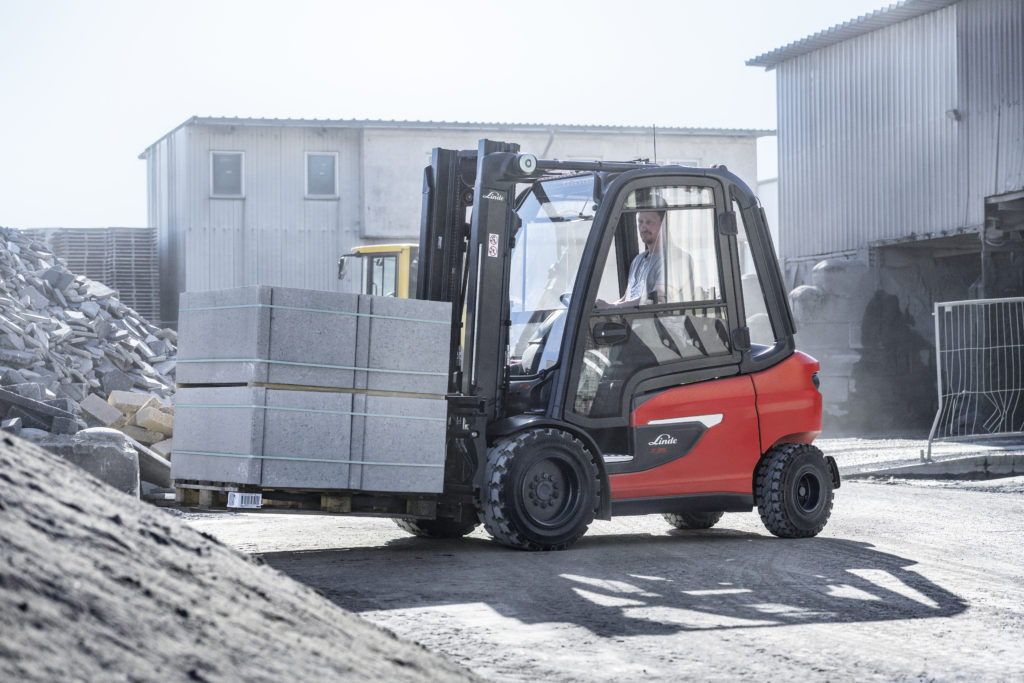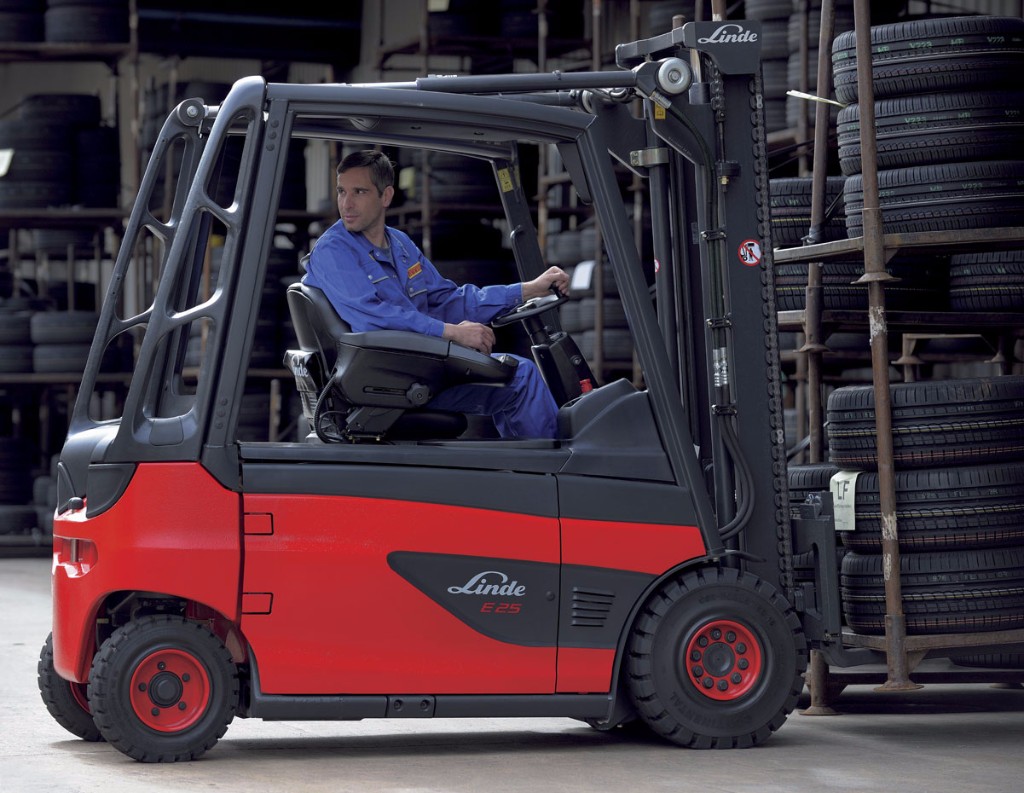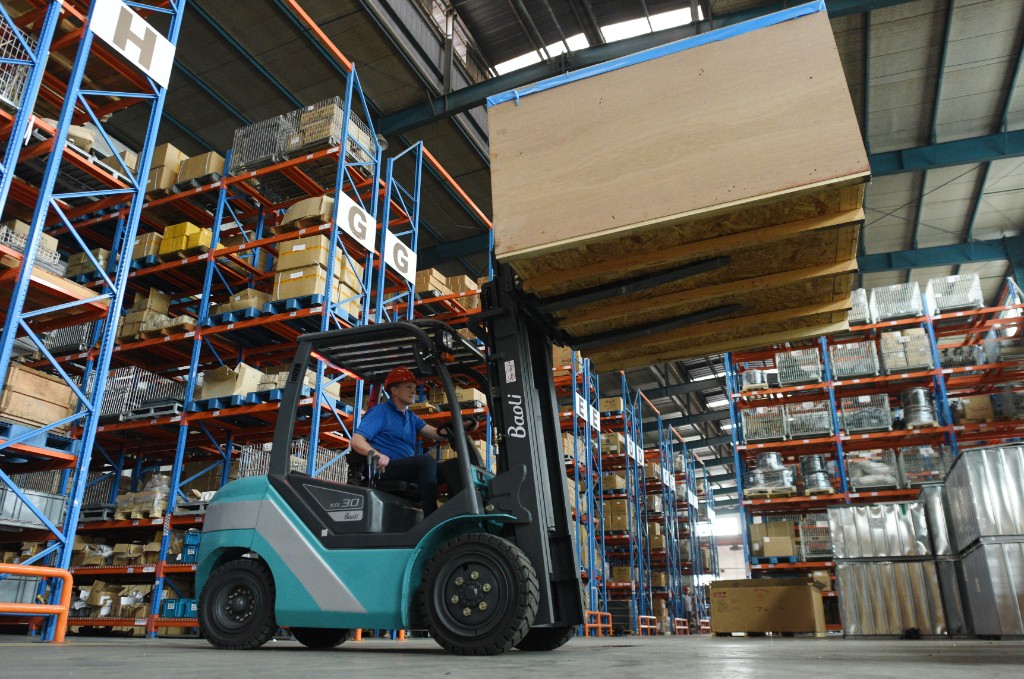Table of Contents
Updated: 9/30/2022
With so many truck options out there, choosing the correct truck for the application can seem like a daunting task. From enhancing productivity to promoting safety, selecting the appropriate truck for your operation can affect multiple layers of your supply chain.
What is Forklift Capacity?
Forklift capacity is the amount of weight a forklift can safely lift at a specific load center. Lift truck capacity can range anywhere from 3,000 to 70,000 lbs. and offer a multitude of designs to aid in lift efficiency. Each forklift has its own data plate where you can find the rated capacity.
Knowing a trucks lift capacity does not necessarily equate to matching product in pounds. For instance, if a forklift’s data plate specifies a lift capacity of 5,000 lbs. that does not necessarily mean the truck can carry any load of 5,000 lbs. The amount of weight a forklift can safely carry will change depending on the way the load is carried and the weight is distributed.
What is The Forklift Load Center?
The forklift load center is the distance from the front of the truck forks to the center of gravity of the load. Most forklifts use a 24-inch load center, so your load’s center of gravity should not be more than 24 inches from the face of the forks. This measurement is important for operators and operation managers to consider for the safety of their ongoing operations.
How Do I Determine What Forklift Capacity I Need?
When considering forklift capacity options for your operation ask yourself the following questions:
- Where will my forklift be used (indoors or outdoors)?
- How heavy is my typical load?
- What is the shape of my typical load?
- What aisle clearance do I have in the warehouse?
- How high do my loads need to be lifted?
- How often will my forklift be used?
Factors that Impact Lift Capacity
Tires
Choosing a forklift, based on lift capacities, involves many more factors than what the data plate states. Each part of the truck offers its own lift capacities and can directly affect the load you intend to carry. For example, the type of tires on the truck will help determine lift abilities. If the truck has small or larger tires, those details will come into play on calculating load size and may require a recalculation of the center of gravity.
Attachments
Warehouse operations will often add forklift attachments to aid the needs of their operation. However, before adding any attachment, operators must consider the effect adding an attachment will have on the truck’s center of gravity. The additional weight is not the only concern, as the horizontal and vertical center of gravities can also affect the overall lifting. To ensure trucks are transporting loads safely, locating the forklift attachment’s data plate will assist in determining proper lift capacity.
Center of Gravity Shifts
Most counterbalanced trucks have what is called a stability triangle. The stability triangle is a three-point suspension system that incorporates two front wheels and the center of the steer axle that supports the truck. When the truck is at rest, the center of gravity is within the stability triangle, however, when the truck is in motion (braking, accelerating, and making turns) the center of gravity shifts. Issues that can affect the center of gravity are damaged products, loads un-securely mounted, loads that are off-center, and loads that are exceeding capacity.
Get the Right Equipment for Your Operation
There are plenty of other areas to consider when determining the appropriate truck options for your supply chain. Calculating lift capacities and considering additional attachments can be overwhelming for the operator to navigate. That’s why our network of dealers throughout North America are ready to help you find the right truck for the job. Contact us today for your consultation to find the best forklift to meet your operational needs.




